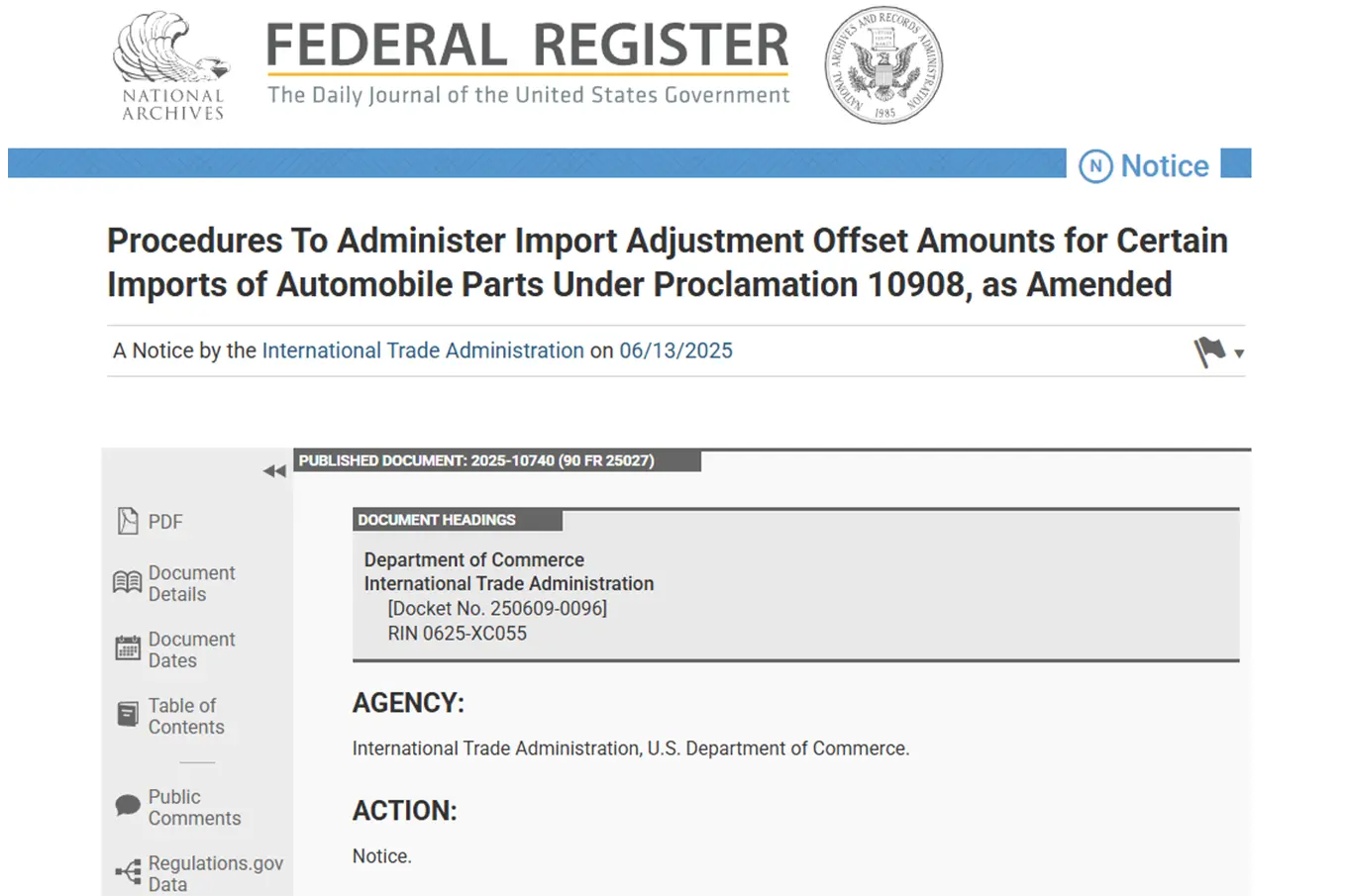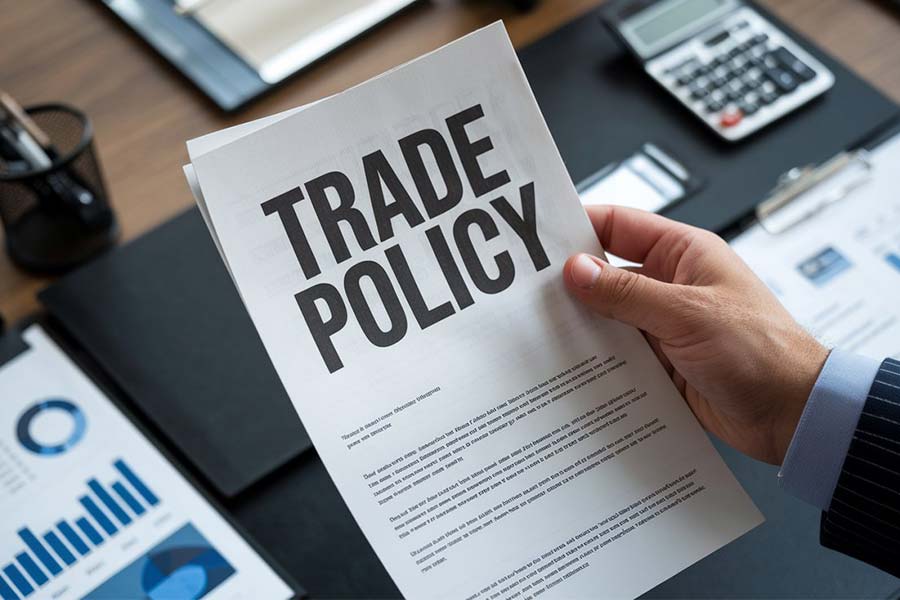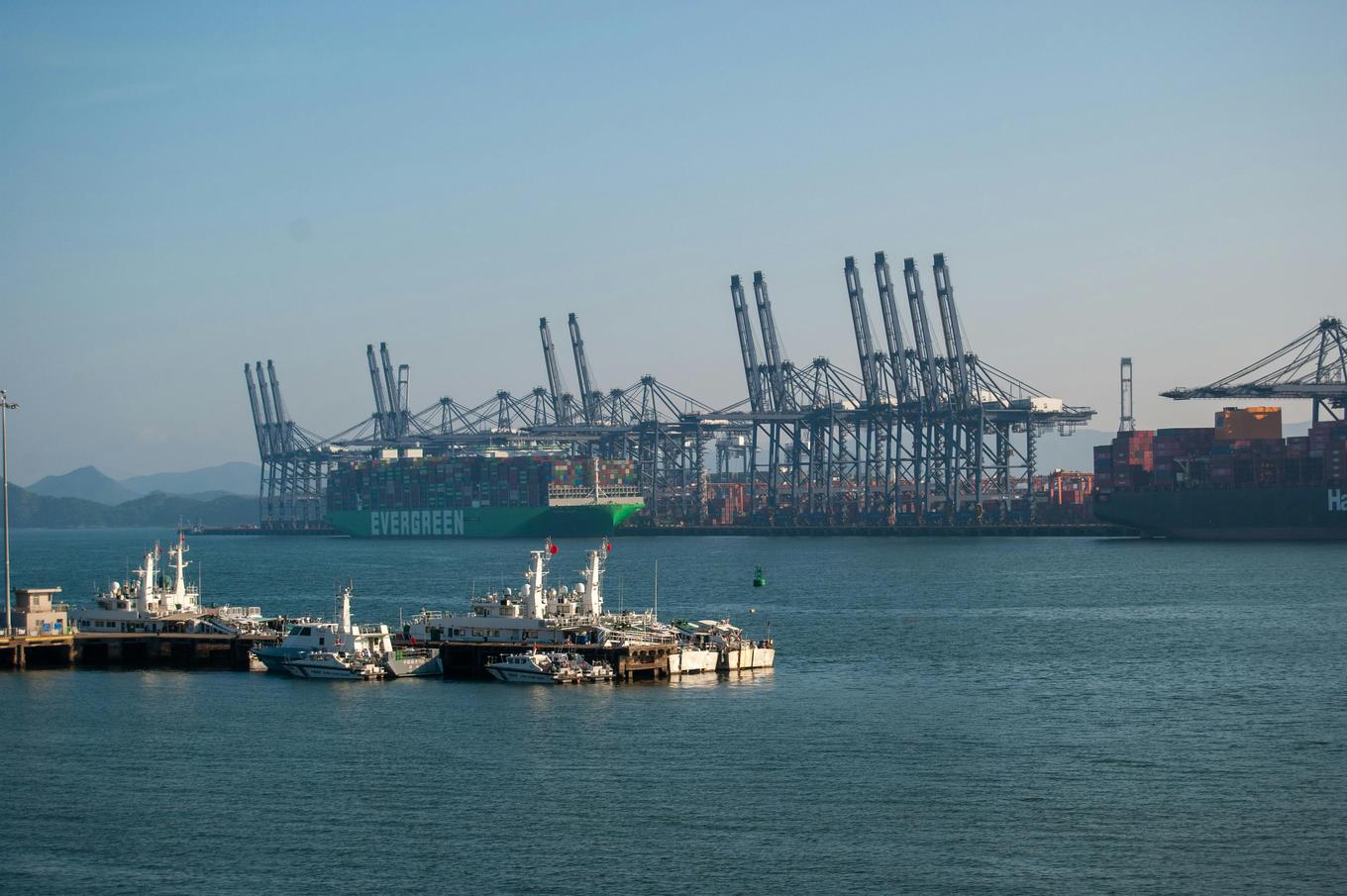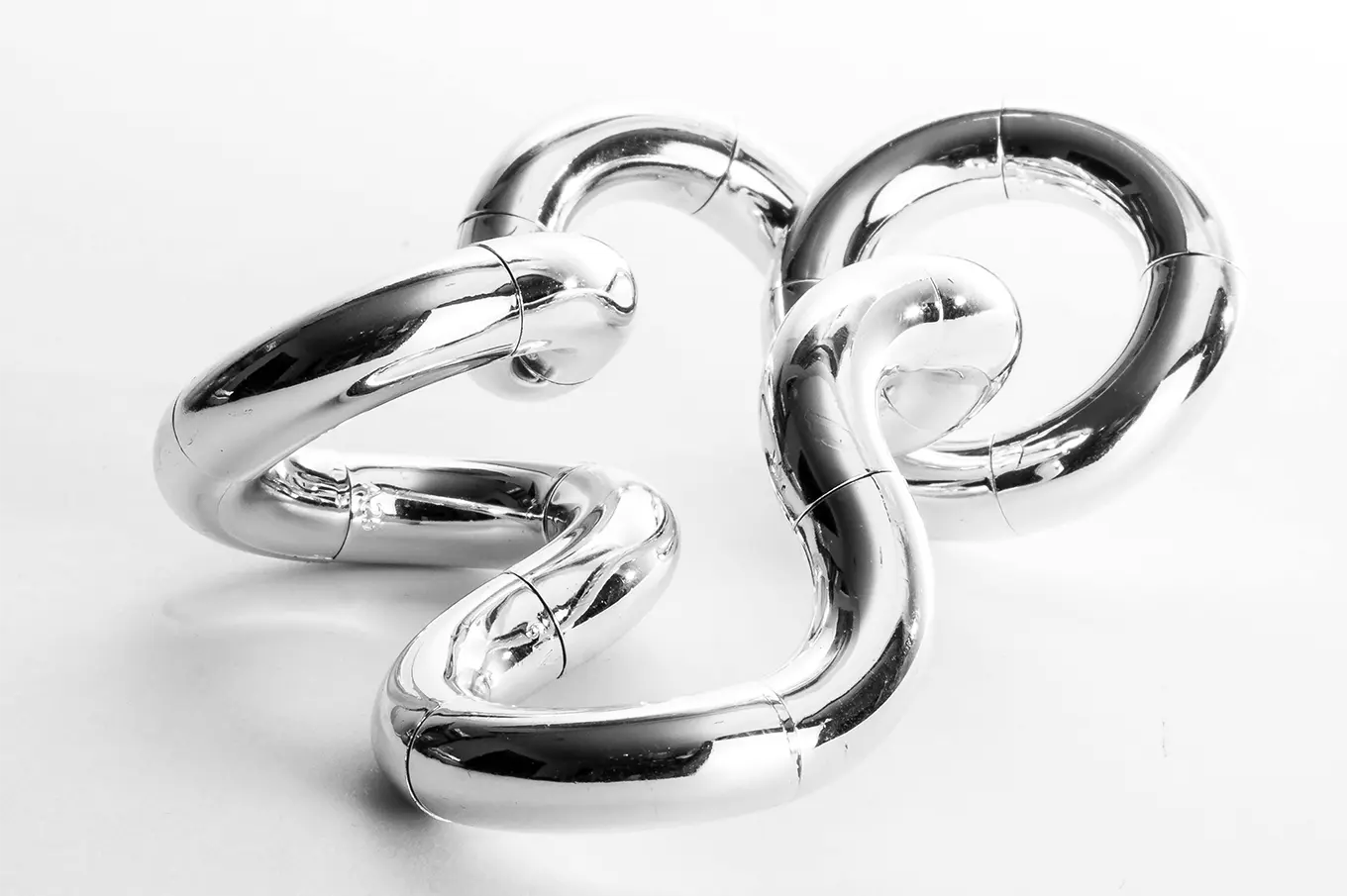- Shanghai Zhongshen International Trade Co., Ltd. - Two decades of trade agency expertise.
- Service Hotline: 139 1787 2118

I. ElectricalEquipment ImportsCore customs clearance process analysis
Electrical testing equipment imports in 2025 show three characteristics:Adjustments to the import license catalog,Upgrades to energy efficiency certification standards,It is recommended to verify through the following methods:Enhanced spot checks. Taking a Suzhou testing institution importing German insulation testers as an example, the standard clearance cycle has shortened from 28 days in 2023 to 18 working days, but the rejection rate due to document errors remains as high as 12%.
II. Key points for professional logistics solution design
It is recommended to adoptModular transportation solutions:
- Precision instruments require constant temperature and humidity containers
- Suitable for equipment under 50kgAir TransportationDoor-to-door
- Recommended for bulk equipmentChina-Europe Railway Express+ Domestic multimodal transport
Case studies show that adopting composite transportation solutions can reduce overall logistics costs by 23% and control cargo damage rates below 0.3%.
III. Key strategies for tariff planning
- Application of rules of origin:
- Tariff reductions up to 8% under RCEP agreement
- Zero tariffs for specific instruments under China-Switzerland FTA
- Applicable scenarios for temporary admission (ATA):
- Exhibition display equipment
- Temporary testing instruments
IV. Three major risk prevention and control measures in compliance management
2025新版《進(jìn)口機(jī)電產(chǎn)品檢驗(yàn)監(jiān)管細(xì)則》要求:
- The validity period of electromagnetic compatibility test reports has been shortened to 6 months
- Safety protection levels must comply with the GB 4793.1-2025 standard
- Lithium battery-powered equipment requires separate declaration of transportation conditions
V. Special Notice for 2025 New Regulations
Announcement No. 68 of the General Administration of Customs clarifies:
- 12 new sub-tax codes have been added under HS code 8543
- Inspection rates for AEO-certified enterprises reduced to below 5%
- Electronic energy efficiency labels can use blockchain for certification storage
Related Recommendations
? 2025. All Rights Reserved. Shanghai ICP No. 2023007705-2  PSB Record: Shanghai No.31011502009912
PSB Record: Shanghai No.31011502009912










